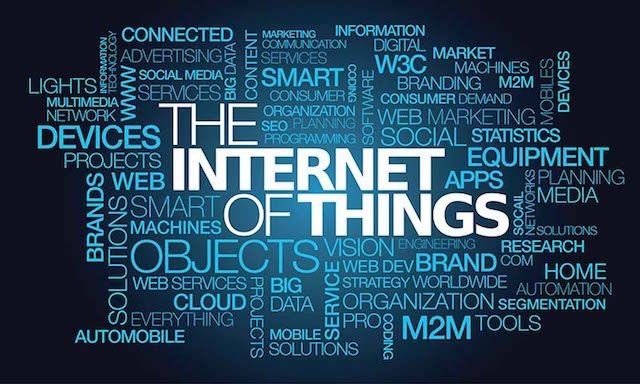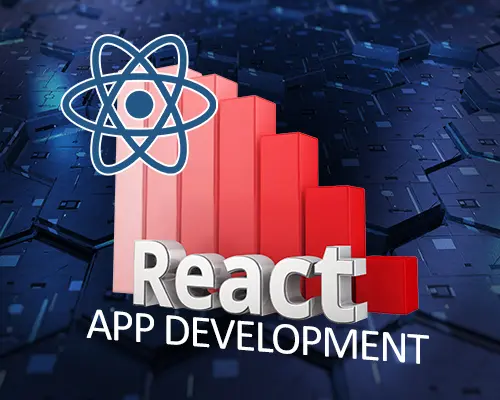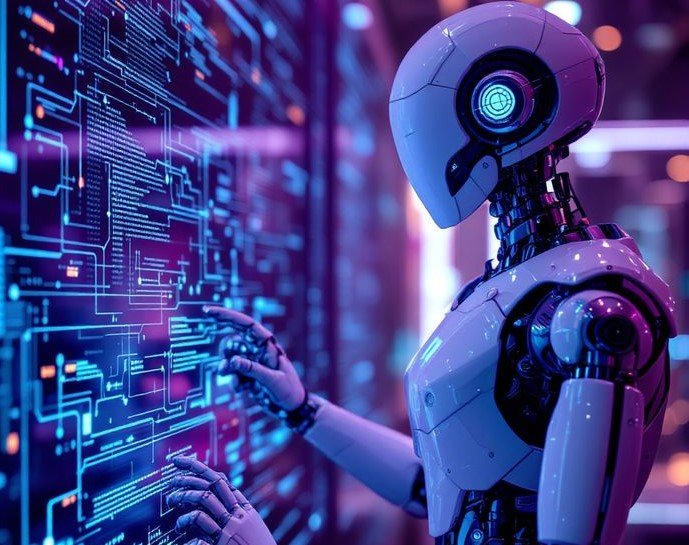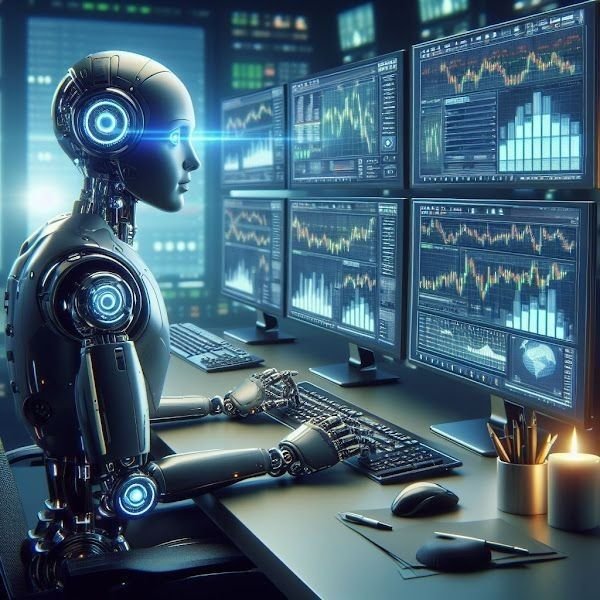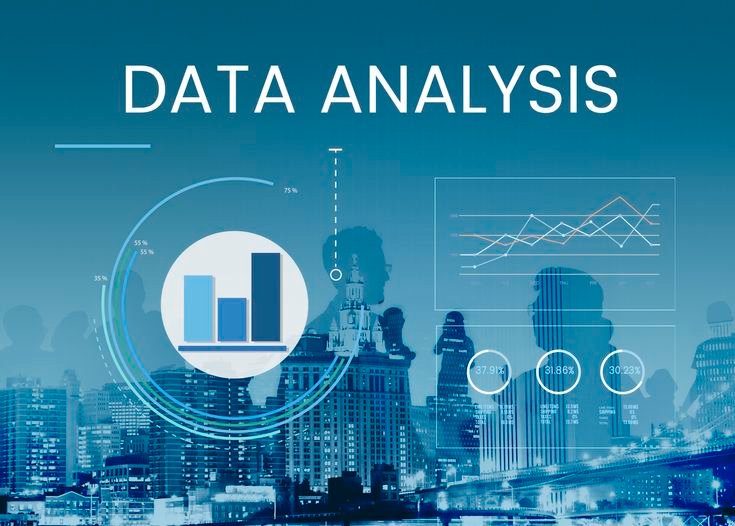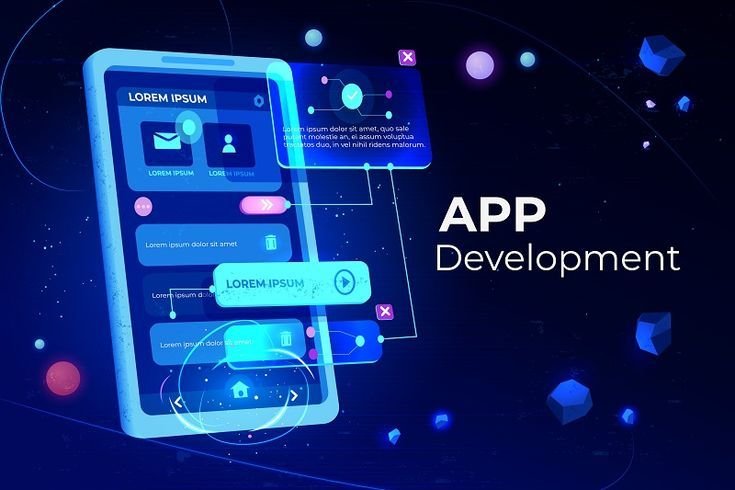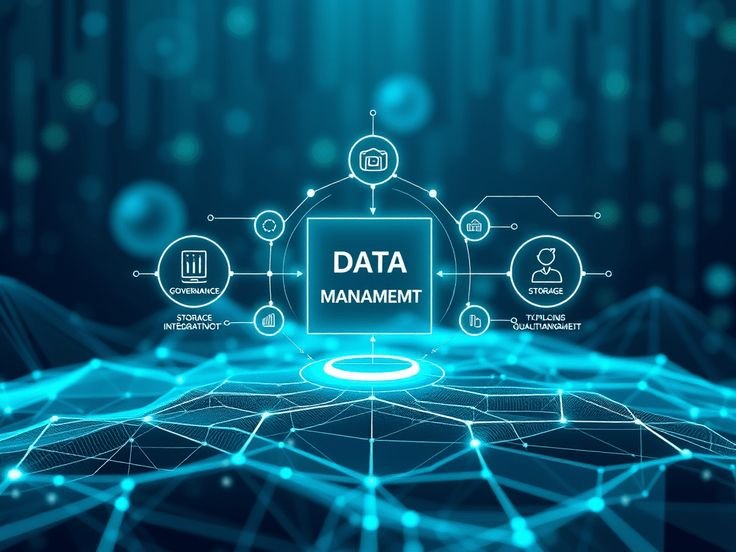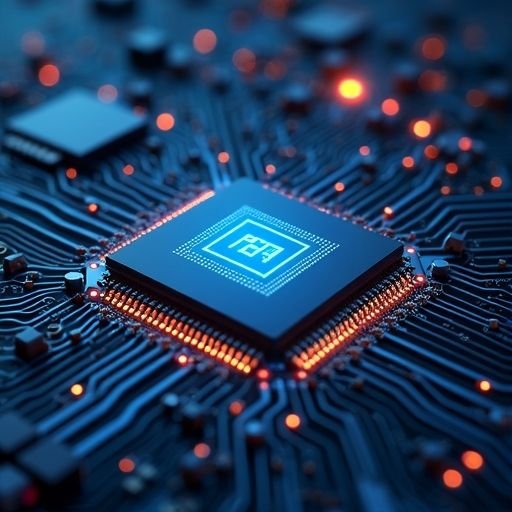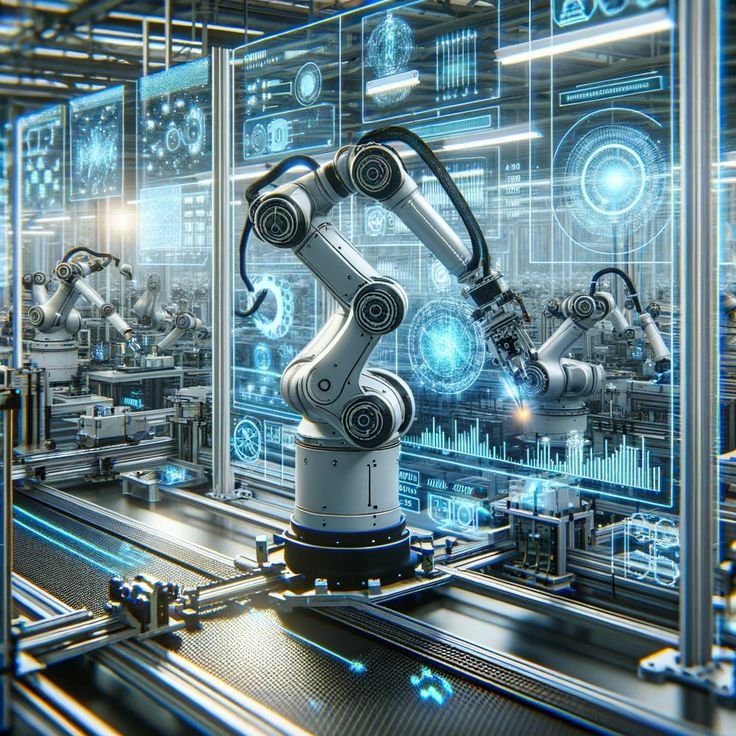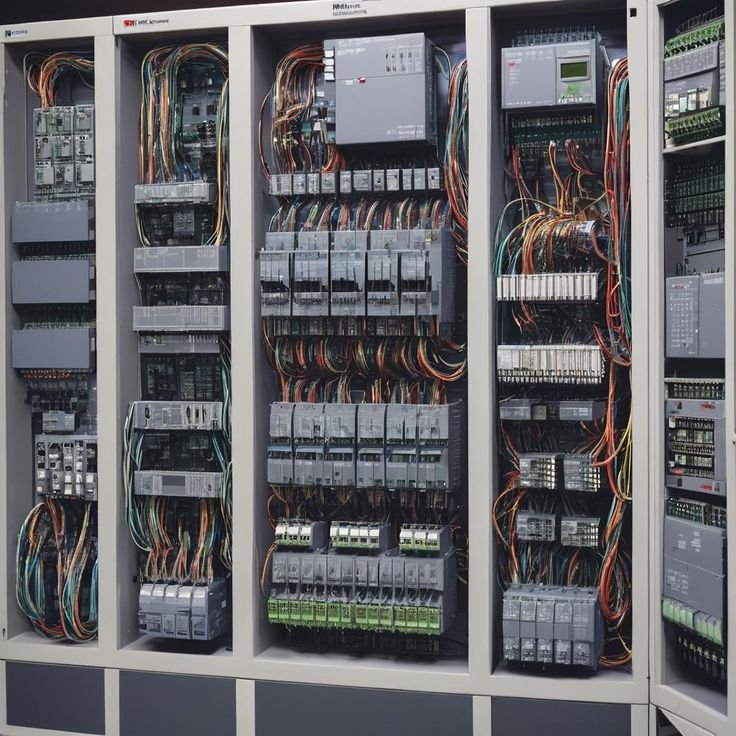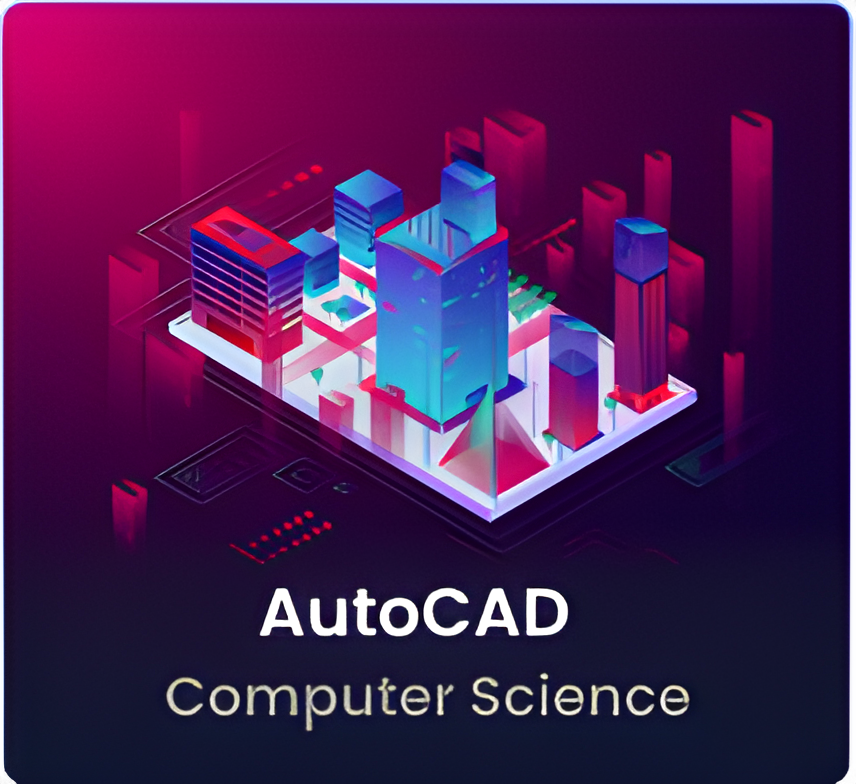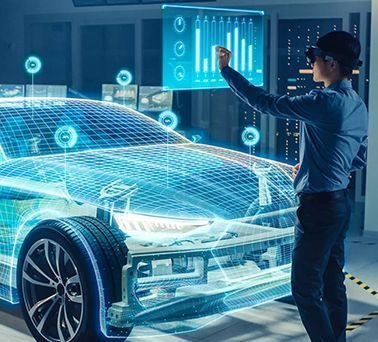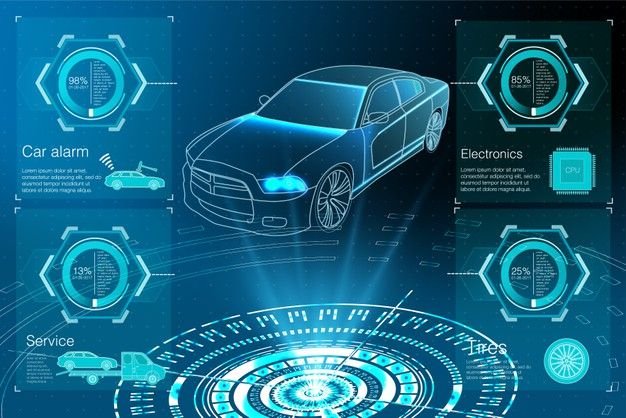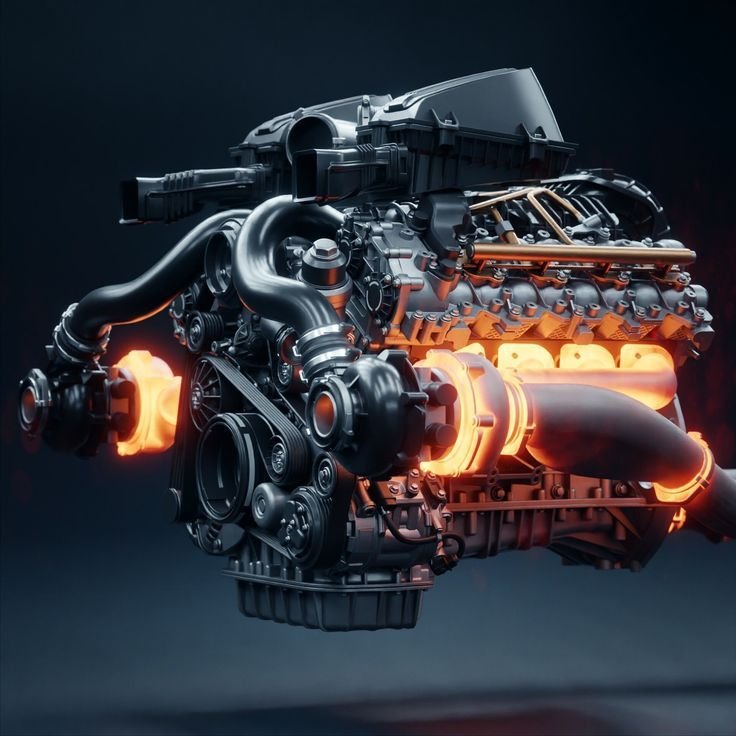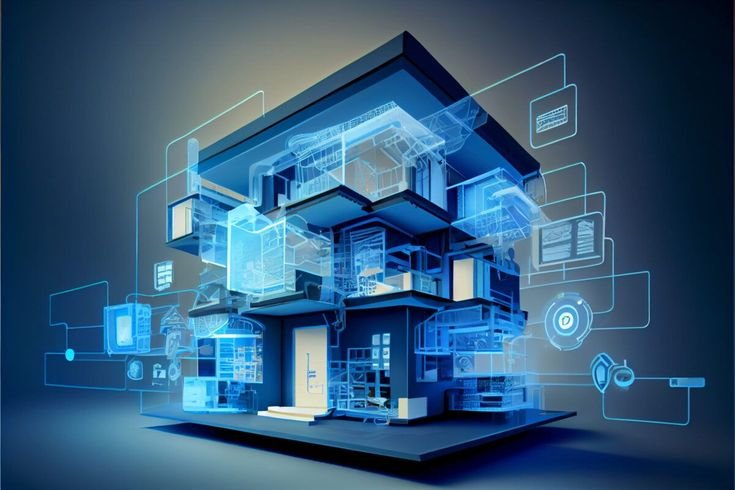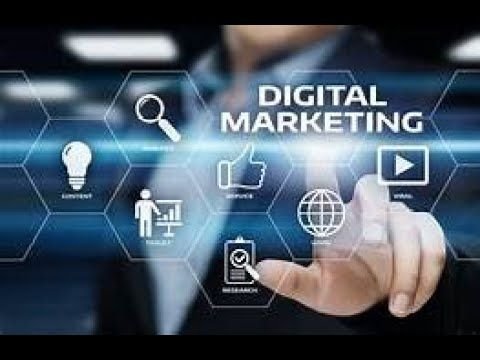Internet Of Things Training
Last Update
Jan,01 1970Category
ECE/ EEEDescription
Module 1: Introduction to IoT
-
What is IoT? Concepts and history
-
Components of IoT: sensors, actuators, devices, networks, cloud
-
Applications of IoT in healthcare, agriculture, smart cities, and manufacturing
-
Challenges in IoT (scalability, security, interoperability)
Module 2: IoT Architecture and Ecosystem
-
Perception, network, and application layers
-
Edge vs cloud computing in IoT
-
IoT communication models (device-to-device, device-to-cloud, etc.)
-
Protocols overview: MQTT, HTTP, CoAP, LoRaWAN, Zigbee, Bluetooth
Module 3: Hardware Platforms
-
Introduction to development boards: Arduino, Raspberry Pi, ESP32
-
Connecting sensors and actuators
-
GPIO programming basics
-
Serial communication and I2C/SPI protocols
Module 4: Sensors and Data Acquisition
-
Types of sensors: temperature, motion, humidity, gas, etc.
-
Analog vs digital sensors
-
Sensor interfacing techniques
-
Data collection and real-time processing
Module 5: Networking and Communication
-
Wi-Fi and Bluetooth connectivity
-
Introduction to GSM/GPRS and IoT SIMs
-
Overview of LPWAN technologies (LoRa, NB-IoT)
-
Hands-on with MQTT protocol and broker setup
Module 6: Cloud Platforms and Data Handling
-
Introduction to IoT cloud platforms (ThingSpeak, Firebase, AWS IoT, Azure IoT Hub)
-
Sending sensor data to cloud
-
Real-time dashboards and visualization
-
Data logging, alerts, and analytics
Module 7: IoT Security and Privacy
-
Common IoT vulnerabilities
-
Secure communication: encryption and authentication
-
Device security and firmware updates
-
Privacy concerns and compliance standards
Module 8: IoT Project Development
-
IoT solution planning and architecture
-
Power management for devices
-
Prototyping and testing
-
Deployment and monitoring strategies
Requirements
What is IoT?
The Internet of Things (IoT) refers to the network of physical devices embedded with sensors, software, and connectivity to collect and exchange data. It enables smart environments like smart homes, connected vehicles, industrial automation, and healthcare monitoring.
Why Learn IoT?
-
Rapidly growing field with applications in all major industries
-
Key skill for careers in embedded systems, automation, and smart technologies
-
Bridges hardware and software knowledge for real-world solutions
-
High demand for professionals in roles such as IoT Developer, Embedded Engineer, and IoT Architect
Curriculum
-
LevelAdvanced Level
-
Lectures10 Lectures
-
Duration12h/30m
-
CategoryECE/ EEE
-
LanguageEnglish
-
CertificateYes
.jpg)
